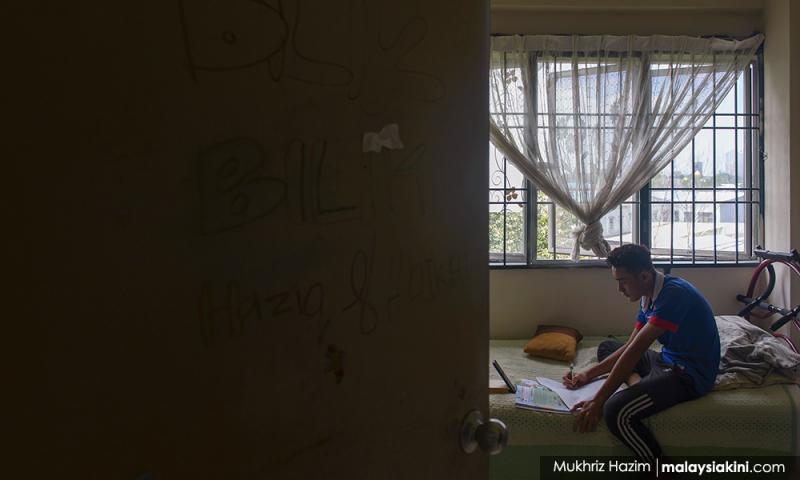LETTER | Bridging gap in education's digital divide
LETTER | A video went viral on social media recently, involving a university professor who blurted inappropriate comments to a student in her online class.
It started when she appeared to be unhappy with the answer to an exercise that her student gave. She proceeded to ask whether the calculations were done on a computer, to which the student said that he did it on his phone as he had no computer.
The professor probed further as to what the student’s parents do for a living and whether he had siblings. The student said that his father is not working and that he had no mother (reasons were not said). The professor went on to suggest that his sister should sell any gold in her possession and buy him a laptop, which she said would cost RM800.
She was visibly unable to fathom why the student does not own a computer, which has become a necessity, particularly in the pandemic/endemic world that we are living in.
The prelude above highlights multifaceted issues about learning in a pandemic. The primary issue is digital inequality. The assumption that all students and lecturers own a computer has been refuted in multiple research and reports.
The Education Ministry’s survey of 900,000 students in 2020 indicated that approximately 37 percent of students do not have appropriate devices for learning at home and only 6 percent to 9 percent of students own a personal computer.
Meanwhile, there are approximately 1.99 million school students as of 2020 and 1.3 million university students as of 2021. Should we extrapolate the sample size of the Education Ministry’s survey, we would surely find a larger number of students who do not own personal digital devices for learning at home.
Secondly, the issue is linked to financial complications in relation to owning digital devices. A study by a group of researchers in 2020 on ‘Spending Behaviour and Coping Strategies of the Low Income Group in Kedah, Malay’ found that the expenditure behaviour of B40 families consisted of 83.9 percent for food, 3.2 percent for utilities, 11.3 percent for transportation and 1.6 percent for education.
Here, we can assume that owning digital devices for learning at home may not be regarded as a priority compared to putting food on the table for the family.
In their defence, we must acknowledge that educational institutions provide the facilities needed for learning such as computer labs, internet, study spaces and so on. However, due to the pandemic that shifted everybody’s landscapes, families and students now have to fend for themselves and make do with whatever resources available at their disposal, including participating in learning and taking examinations online via smartphones.
Let us not forget Veveonah Mosibin, the B40 student in Sabah who was equipped with merely a handphone and climbed on top of a tree to secure internet access to attend her university’s online examination.
The stark difference in students’ realities at home now paints a different picture than our expectations. Subsequently, what can the education top-tier stakeholders do to minimise the digital divide in the meantime?
The first is to ensure that all stakeholders’ concerns are considered, primarily on students’ digital limitations. Universities’ management and instructors may want to further reduce synchronous activities and replace them with asynchronous ones.
This approach is to allow the time-flexibility for students to secure resources (eg computers and the internet) for their learning. As a result, learning at home will become more manageable for both students and instructors.
Next, the government can play a more active role in collaboration with the private sectors (eg technology and telecommunication companies) such as trade-in programmes for new computers/laptops, cash vouchers, low internet subscription packages for students, and encourage digital-related CSR initiatives.
Besides that, the government needs to consider providing laptops for university students from B40 families for free or in an affordable rental package. Public funds should also be allocated to places such as public libraries in small towns to be equipped with sufficient digital tools.
Whilst we worry about financial complications and other immediate impacts from the unprecedented pandemic, I foresee incoming implications of declining education quality should concrete interventions are not taken.
Ultimately, I would like to emphasise that the above recommendations are alternatives to cope with the current context. The way forward is to implement pedagogically meaningful blended learning as the primary delivery system in tertiary education.
RM12.50 / month
- Unlimited access to award-winning journalism
- Comment and share your opinions on all our articles
- Gift interesting stories to your friends
- Tax deductable
